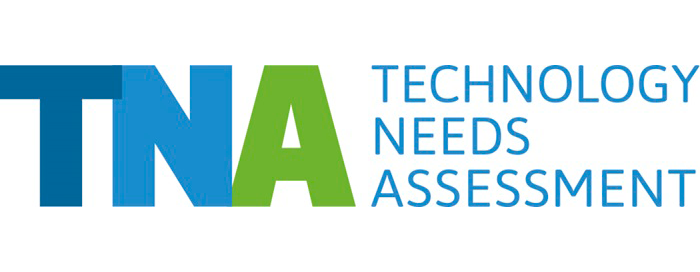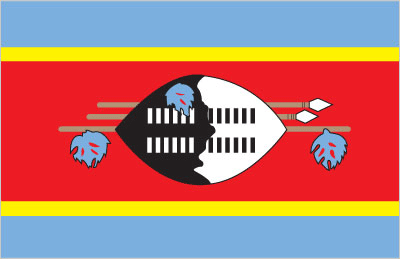Eswatini completed its TNA in 2018. The TNA provided input into the development of Eswatini’s NDC with the technologies prioritized by the TNA included in the NDC.
Livestock agriculture is main pillar of Eswatini’s economy, with livestock prevalent. Climate change-induced dry spells and erratic rainfall patterns are affecting crop production in Eswatini. Most farmers are dependent on rainfall for irrigation and are vulnerable to reduced rainfall.
Eswatini has large quantities of renewable biomass resources, and some companies from its sugar and timber industries are already using biomass combined heat and power technology.
Due to favourable solar radiation energy in Eswatini, solar photovoltaics were chosen as priority technology in the TNA, with a dissemination project also outlined. Its target is to install 13,000 1.5 kW solar home systems and 15,000 50 kW of institutional solar photovoltaic systems from 2019 to 2024. The overall aim for the technology is ultimately to generate 12,950 GWh, which will lead to a reduction of 9,971 gigatonnes of CO2e over a 25-year period.
This technology was highlighted as a priority for further dissemination, but the TNA revealed that cheap energy imports from the South African company Eskom are hindering the local uptake of this technology. To overcome this barrier, renewable energy subsidies were identified as a way of mitigating the uncertain market conditions.
The two sugar companies, Ubombo Sugar Limited and Royal Swaziland Sugar Corporation, have indicated an interest in increasing their production of power through co-generation if the market proves favorable. The initial implementation capacity of the technology is estimated to be 65 MW, which could save 11,390 GWh of electrical energy, resulting in a reduction of 8,090 Gigatonnes of CO2e over thirty years.
Eswatini’s TNA contributes to the following Sustainable Development Goals:







